Optimal Timing for Spider Control
Effective spider control requires timing that aligns with spider activity cycles. Understanding when spiders are most active helps determine optimal treatment periods, reducing infestations and preventing future problems.
Spiders become more active as temperatures rise, making this period ideal for control measures to prevent population buildup.
This is when spiders seek shelter indoors, increasing the likelihood of infestations. Treatments during this time can mitigate indoor problems.
Following heavy rains or storms, spider activity can spike. Timely control measures after such events help manage emerging populations.
Applying controls before colder months ensures spiders are less likely to enter homes seeking warmth.
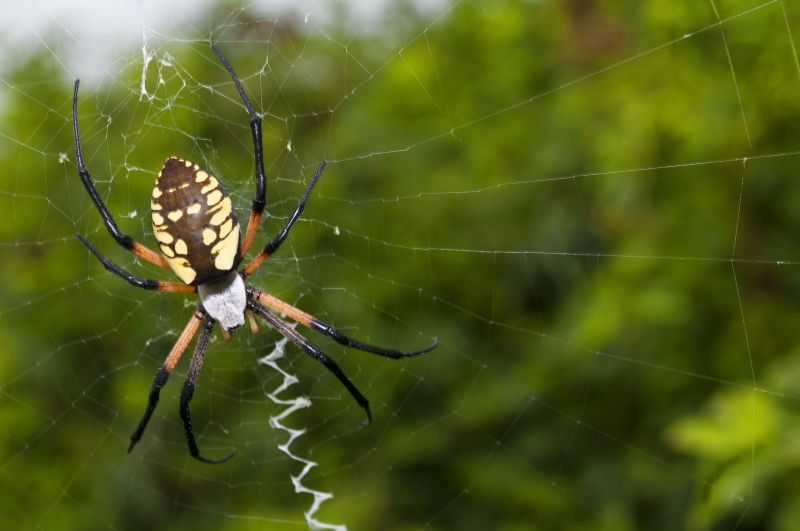
Spring treatments target early activity, preventing large populations.
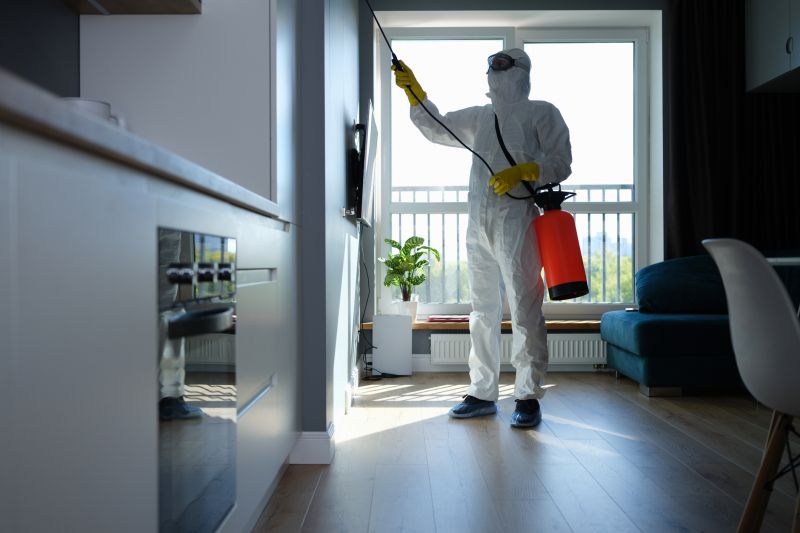
Late summer treatments reduce indoor infestations.
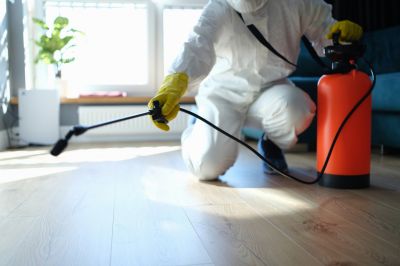
Addressing spider activity after weather events helps control emerging populations.

Ways to make Spider Controls work in tight or awkward layouts.
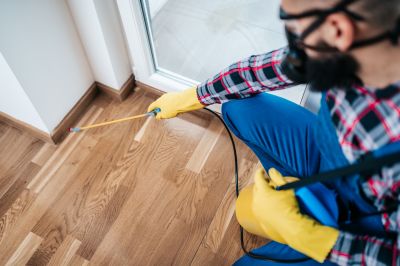
Popular materials for Spider Controls and why they hold up over time.
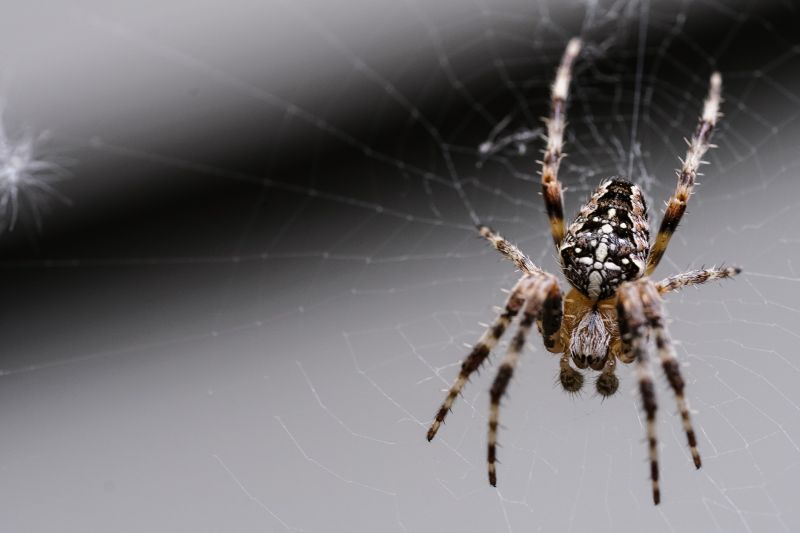
Simple add-ons that improve Spider Controls without blowing the budget.
Spiders are one of the most common household pests, with many species thriving in both outdoor and indoor environments. They are generally beneficial by controlling other insect populations but can become a nuisance when they invade living spaces. Effective spider control involves understanding their habits, preferred habitats, and seasonal activity patterns. Studies show that targeted treatments during peak activity periods can significantly reduce spider populations and prevent infestations.
Implementing control measures at strategic times minimizes the risk of large spider populations establishing. Regular inspections and treatments during key seasons help maintain a spider-free environment, especially in areas prone to moisture and clutter where they tend to nest.
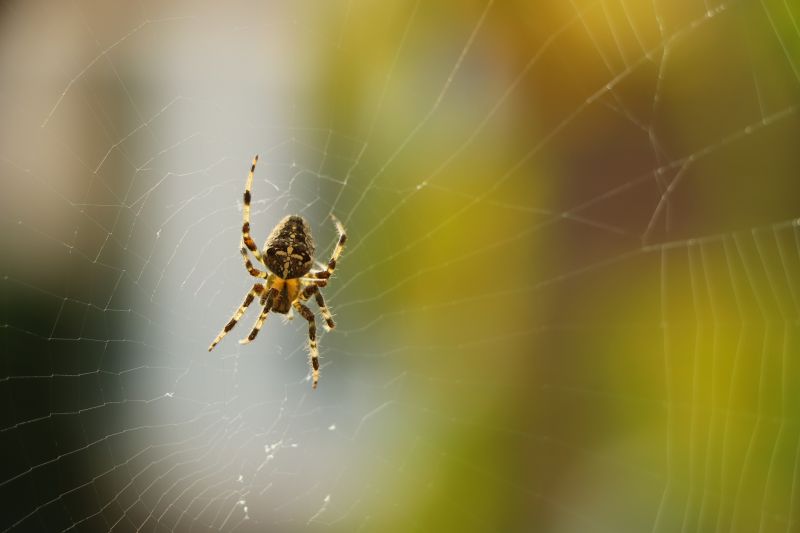
Proper timing enhances treatment effectiveness.
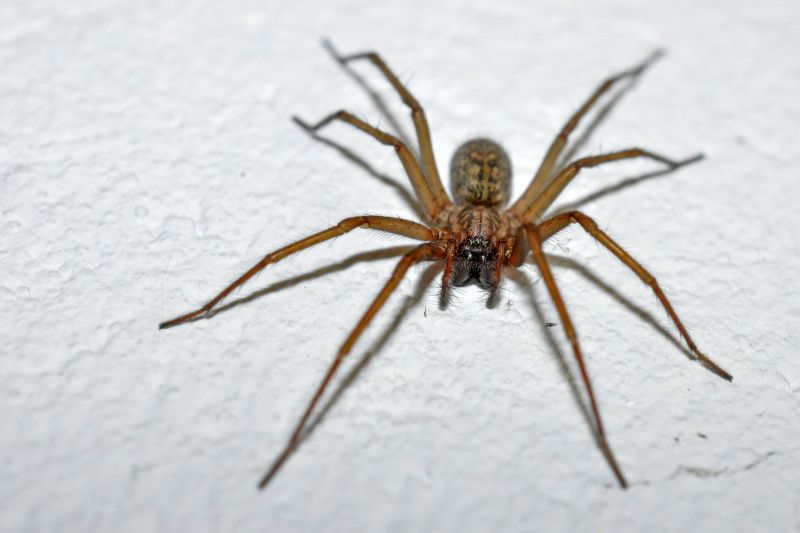
Targeted treatments reduce indoor sightings.

Align treatments with activity cycles.
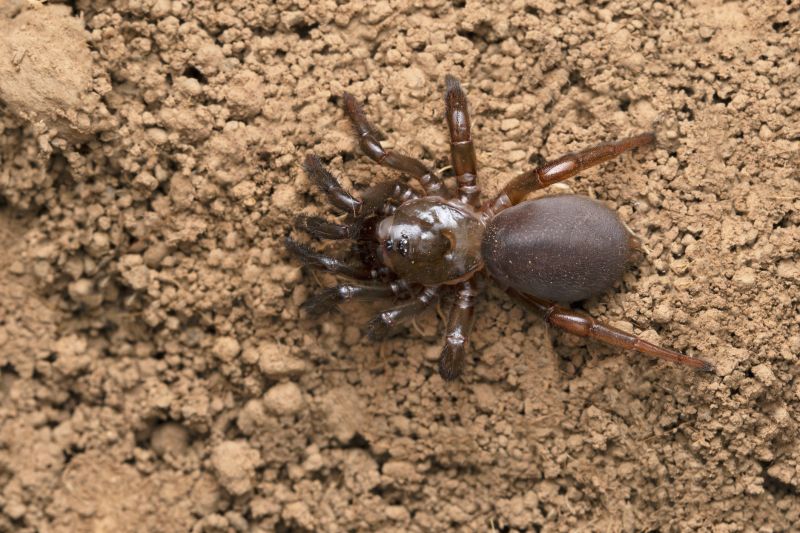
Removing nesting sites limits populations.
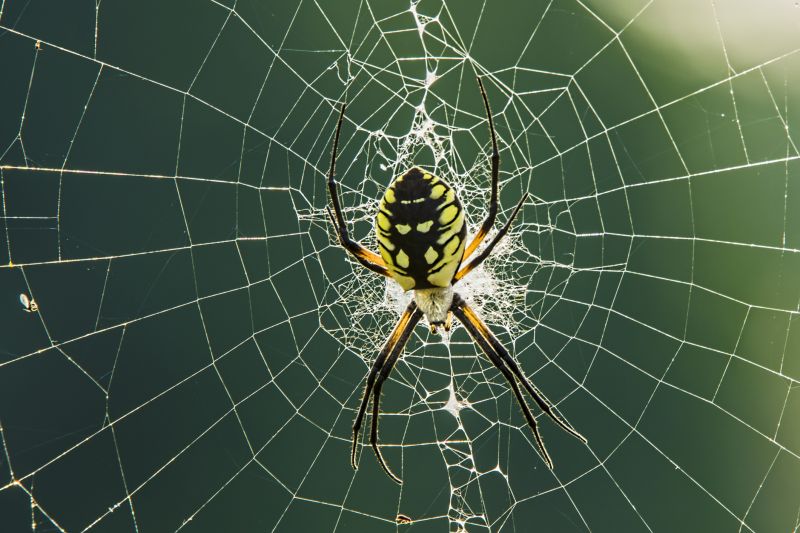
Finishes and colors that play nicely with Spider Controls.
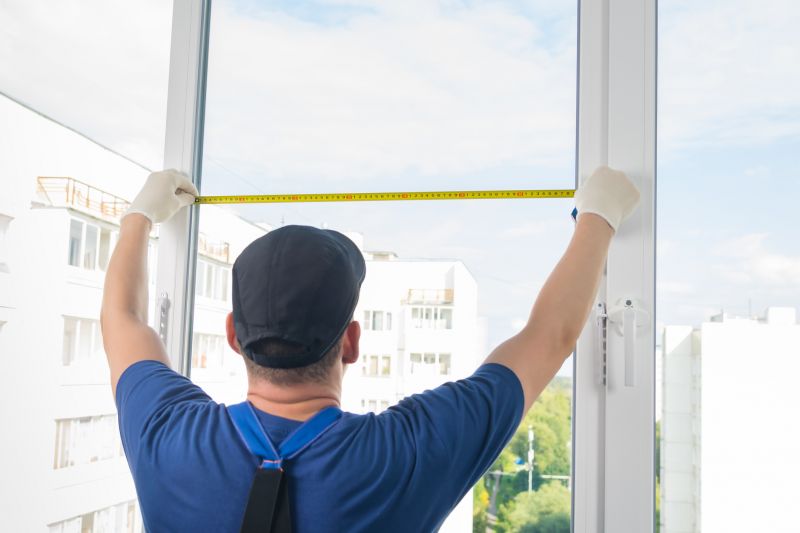
Little measurements that prevent headaches on Spider Controls day.
| Season | Recommended Action |
|---|---|
| Spring | Begin treatments early to prevent population growth. |
| Late Summer | Apply controls as spiders seek indoor shelter. |
| Post-Storm | Address increased activity after weather events. |
| Fall | Prepare for colder months by reducing indoor entry points. |
| Year-round | Schedule periodic maintenance to sustain control. |
Understanding the seasonal behavior of spiders and timing control measures accordingly can effectively reduce their presence. Properly timed treatments, combined with habitat modification, help maintain a spider-free environment and minimize the risk of indoor invasions.
